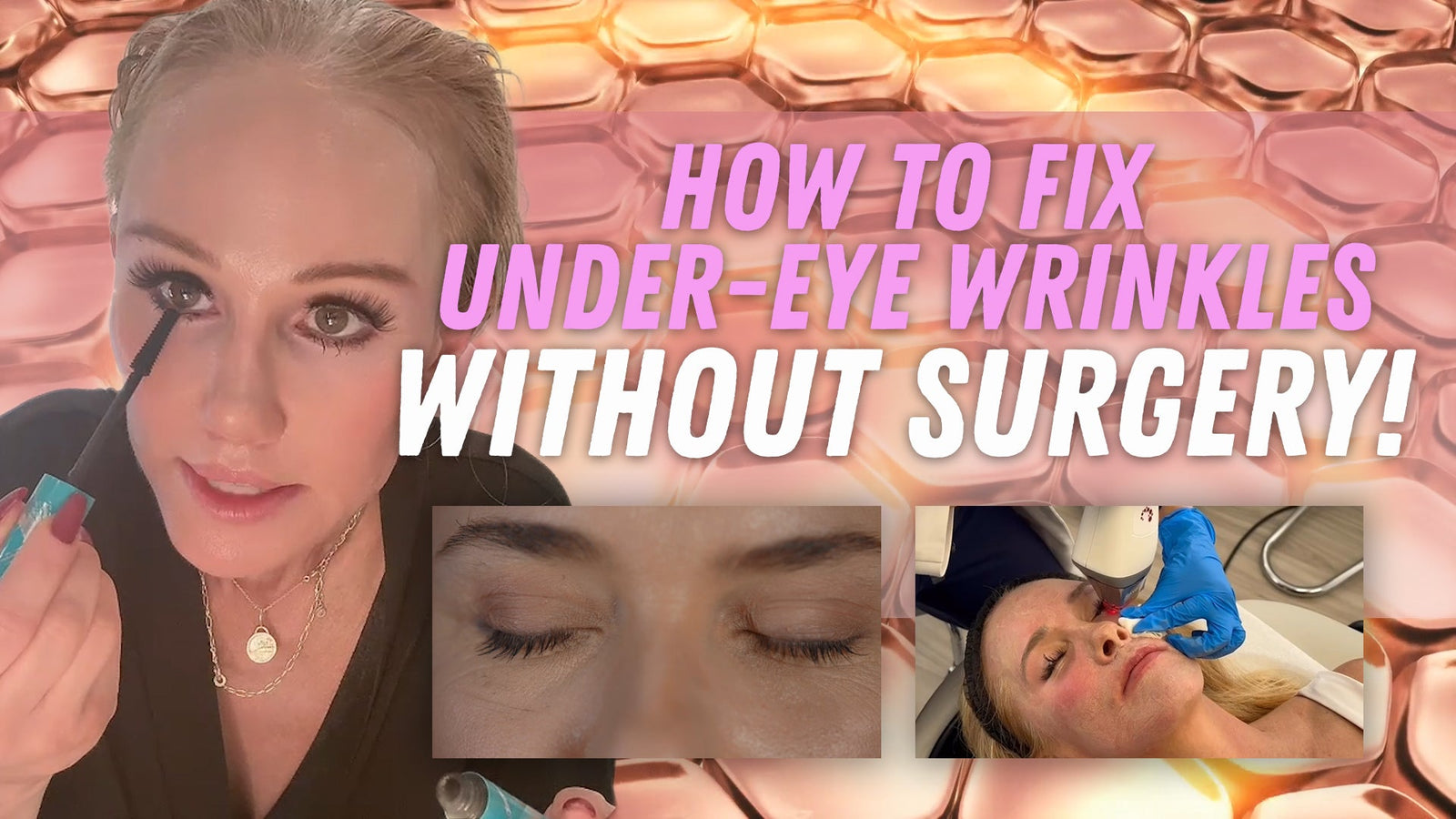I’m sure we’ve all seen the skin cycling trend all over social media, but is it worth the hype? Is it the holy grail skin secret that everyone thinks? Let’s break it down!
What exactly is skin cycling? The typical skin cycling routine is this:
Day 1: exfoliate with an AHA like lactic or glycolic, or a BHA like salicylic acid.
Day 2: retinoid like tretinoin or retinol
Day 3 & 4: hydrate and barrier protection
The idea behind skin cycling is to reduce irritation, so if you are already using tretinoin or retinol multiple times a week with no irritation, then there’s no need to add in rest days. It is, however, a great option for someone who is new to using stronger actives in their routine, or someone who has very sensitive skin.
So while the objective of skin cycling is to reduce inflammation, I also want to make a note about the difference between inflammation and erythema. Inflammation is that red, itchy, irritated feeling on the skin. Erythema, however, is a healthy flush to the skin. Signaling that blood and nutrients are being circulated throughout the skin in a healthy manner. Think about little kids with rosy cheeks; their cheeks are flushed because they have healthy young skin, not because they have rosacea or an impaired barrier. So a little flushing when applying your skincare is normal, and actually a good sign of healthy circulation to the skin!
So how should you incorporate vitamin A (retinol) into your routine if you’re not going to use the skin cycling method? Dermatologists usually recommend a 2-week approach to this. Use retinol/tretinoin once a week for two weeks, then use it twice a week for two weeks, and so on from there. Keep an eye on your skin and how it responds 2-3 days after applying your retinol. This is the time frame it takes to see how your skin responds to the application of vitamin A.
It’s important to use vitamin A and exfoliants in your skincare routine because these are ingredients that increase your cell turnover rate, a process that slows down as we age. They also help keep dead skin cells from causing a dull appearance to the skin. You want to use these ingredients in a way that doesn’t irritate or cause inflammation, but you also need to use them frequently enough to see results. For most people, a skin cycling routine where you’re using vitamin A once or twice a week won’t be enough to reap the benefits of these active ingredients.
The bottom line is that skin care trends, and blanket advice, is never a one size fits all solution that will work for everyone. Everyone’s skin is unique, and will respond differently to different protocols and products. So when you see these trends popping up all over social media, take it with a grain of salt and always listen to your own skin first and foremost.
Check out my video below all about skin cycling to hear my in depth thoughts about this topic!



